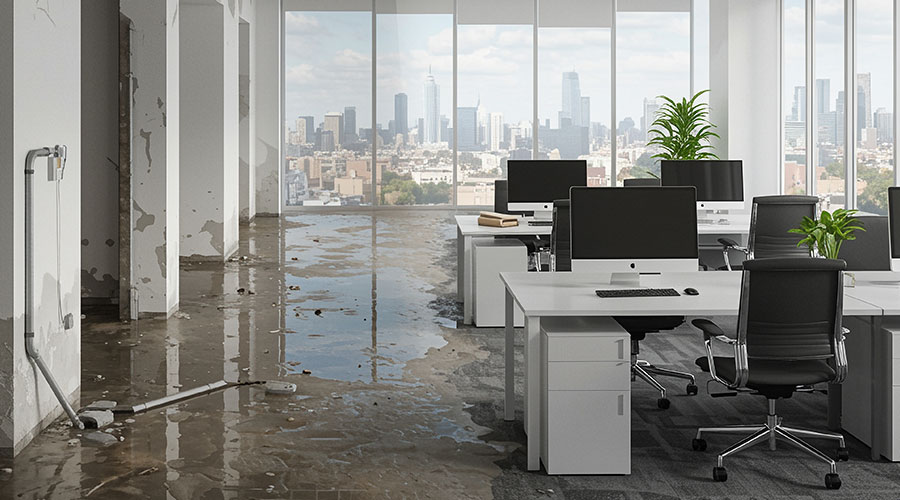Housekeeping Practices Important to Improved Hygiene
December 11, 2013
Managers can pay closer attention to housekeeping practices in their efforts to improve a facility's restroom hygiene. Trained custodians should use the standard methods to clean all restroom fixtures and surfaces. Three factors determine cleaning success: the cleaner used, the amount, and the application method. Manual cleaning methods leave germ-laden mops and brushes, while using a low-pressure power-spray washer and vacuum tends to leave surfaces cleaner and drier.
By testing restroom air and surfaces for contamination, managers can be proactive in their efforts to monitor and improve restroom hygiene, and they can use the results to fine-tune cleaning methods. Testing consists of collecting samples from the air, fixtures and surfaces with swabs and having the samples tested by a laboratory or using a hygiene meter for in-house testing.
A swab hygiene tester is a ready-to-use dilution-and-delivery device. The swab is contained in a tube with a reagent in the handle. After swabbing a surface, the tester places the swab in the tube and injects a reagent from the handle into the tube and mixes for five seconds. The mixture then is ready for testing.
Managers also can consider using a luminometer — an electronic hygiene monitor — to measure adenosine triphosphate (ATP), a universal energy molecule found in all animal, plant, bacterial, yeast, and mold cells. The luminometer is a 3- by 7- by 1-1/2-inch, handheld, battery-operated device that can track 100 programmable locations and store 500 tests. One set of batteries is good for 3,000 or more tests. When the instrument's reagent contacts a sample, the sample emits light. The amount of light emitted is directly proportional to the amount of ATP present in the sample.
Next
Read next on FacilitiesNet







